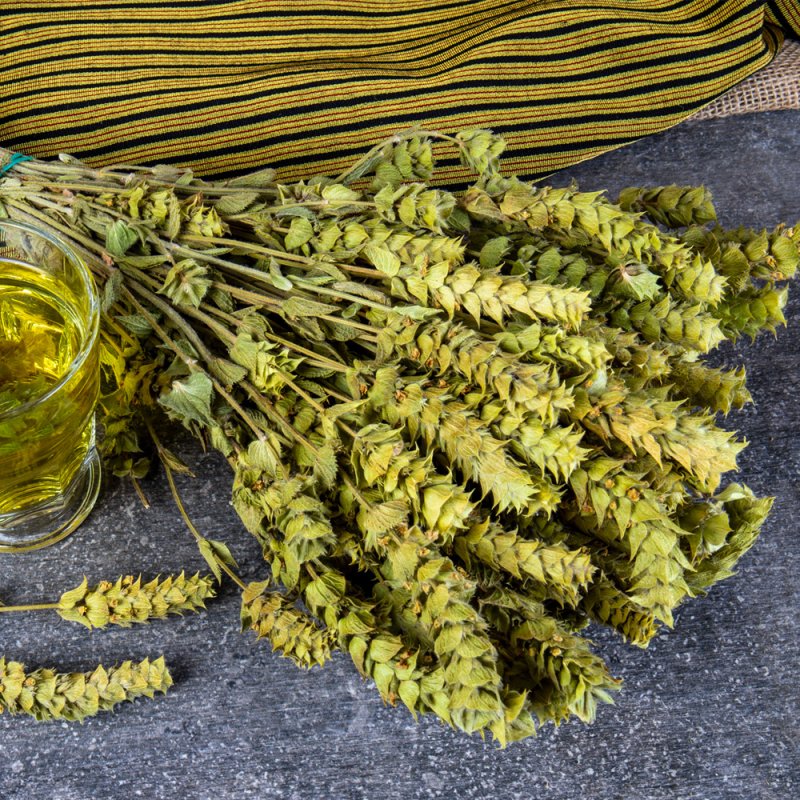Sage is a heat-loving, drought-resistant plant. Sage farming can be done without irrigation. However, places with high altitude and high frost risk are not suitable for cultivation of this plant. Places with an altitude of more than 600 meters are risky areas for Sage. Plants are damaged in soils that have a heavy base and hold water. Slightly inclined and partially stony soils in the Aegean, Mediterranean and Marmara Regions are suitable for Sage plant. Propagation of sage is done by seeds or cuttings. But the seeds are not sown directly into the soil; First, seedlings are obtained in seedling pads or viols, and then they are planted in the field. The most suitable planting time is March-April. Planting frequency is 70x40 cm between rows. Approximately 3500 seedlings are planted per decare by keeping a distance on the rows. In arid conditions, drug herb yield per decare obtained from sage is 350 kg annually, and drug leaf yield is around 150 kg.
